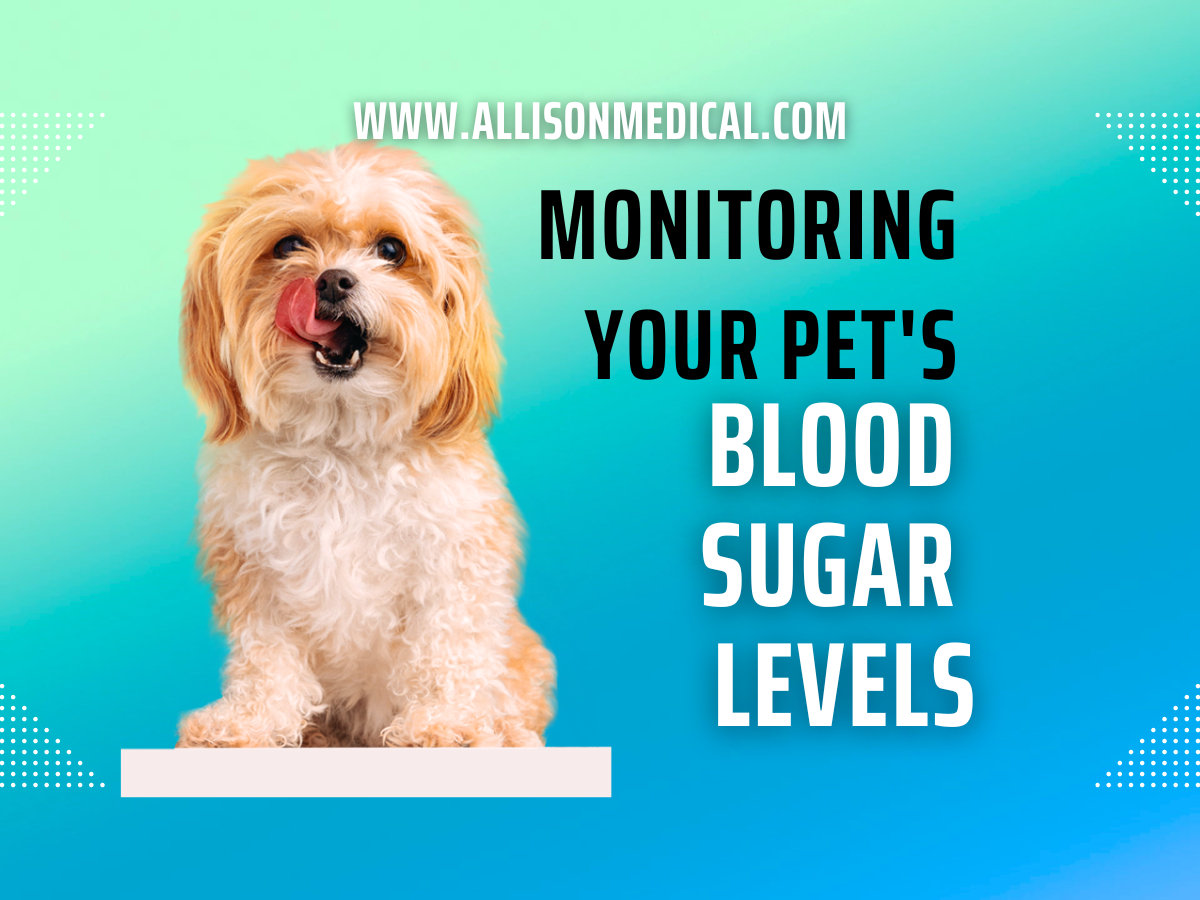Be sure to talk to your healthcare professional before making any treatment changes.
Introduction:
For pet owners navigating the journey of a diabetic companion, home monitoring of blood sugar levels is a critical aspect of effective management. This blog aims to guide you on how to monitor your pet’s blood sugar levels at home and address the common question of frequency.
Monitoring Techniques:
1. Blood Glucose Monitoring Kits:
– Invest in a reliable blood glucose monitoring kit designed for pets. These kits typically include a glucometer, lancets for blood collection, and test strips.
2. Collecting Blood Samples:
– Familiarize yourself with the process of collecting blood samples. Most kits provide clear instructions on where and how to obtain a small blood sample, often from the ear or paw pad.
3. Establishing a Routine:
– Create a consistent schedule for blood sugar monitoring. This routine helps in obtaining accurate and reliable results, as it allows you to identify patterns or trends in your pet’s blood sugar levels.
4. Pre-Meal and Post-Meal Readings:
– Take blood sugar readings both before and after meals. This information provides valuable insights into how your pet’s body responds to food, aiding in the adjustment of insulin doses and dietary plans.
Frequency of Monitoring:
1. Initial Phase:
– In the initial stages of diabetes management, your veterinarian may recommend more frequent monitoring, possibly several times a day. This intensive monitoring helps establish baseline values and tailor the treatment plan accordingly.
2. Stable Phase:
– As your pet’s condition stabilizes and a consistent treatment plan is established, the frequency of monitoring may reduce. Your veterinarian will provide guidance on how often you should monitor based on your pet’s specific needs.
3. Changes in Routine:
– Monitor more frequently during any changes in your pet’s routine, diet, or exercise regimen. Stress, illness, or changes in the environment can impact blood sugar levels, requiring vigilant monitoring during such times.
Benefits of Home Monitoring:
1. Early Detection of Issues:
– Regular monitoring allows for early detection of fluctuations in blood sugar levels, enabling prompt adjustments to the treatment plan.
2. Reduced Stress for Pets:
– Home monitoring is often less stressful for pets compared to frequent visits to the veterinary clinic. Familiarity with the process can help alleviate anxiety.
Conclusion:
Home monitoring of your pet’s blood sugar levels is a collaborative effort between you and your veterinary team. By adopting a consistent routine and leveraging the right tools, you can play a pivotal role in managing your pet’s diabetes effectively.
For More:
Allison Medical News
American Diabetes Association
References:
1. American Animal Hospital Association (AAHA). “Monitoring Blood Glucose.”
2. Merck Veterinary Manual. “Monitoring Diabetes Mellitus in Dogs.”
3. VCA Hospitals. “Monitoring Blood Glucose at Home – Cats.”









